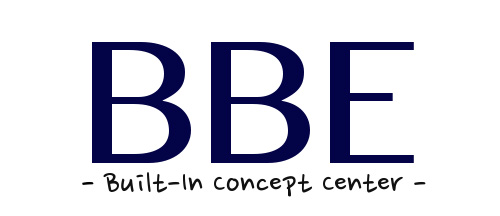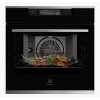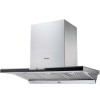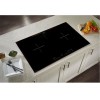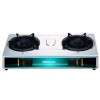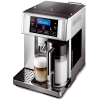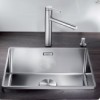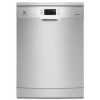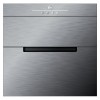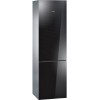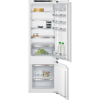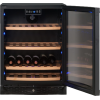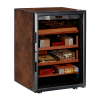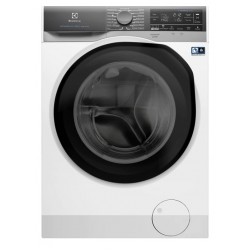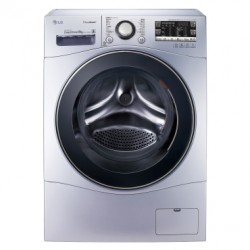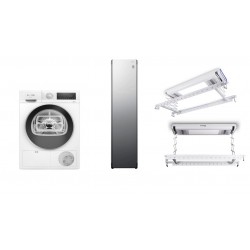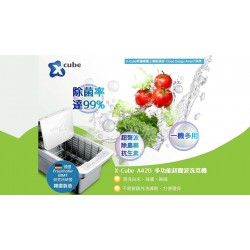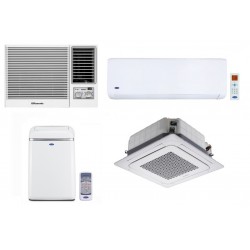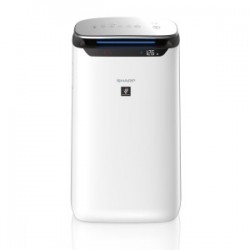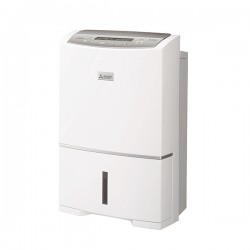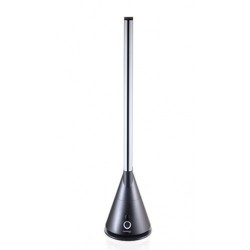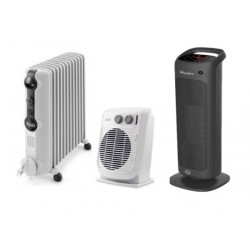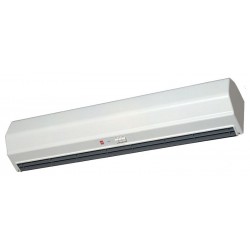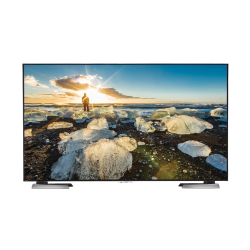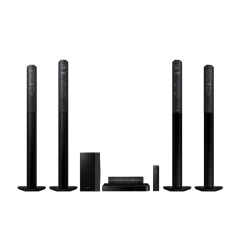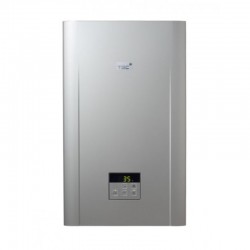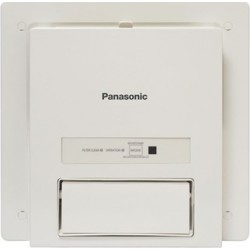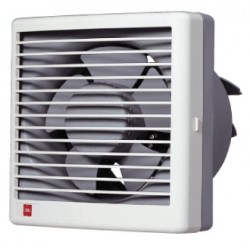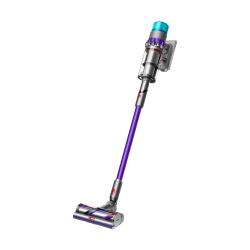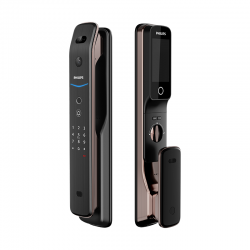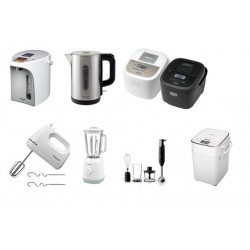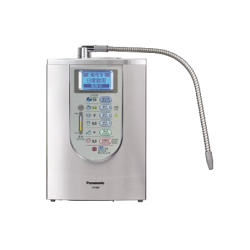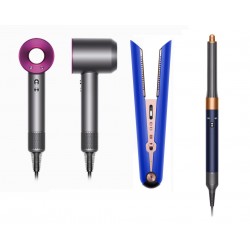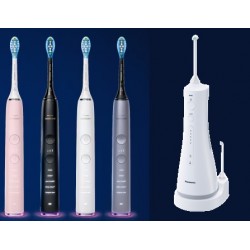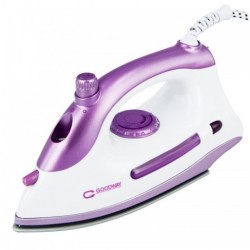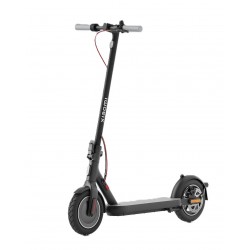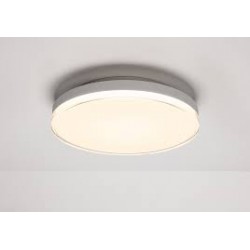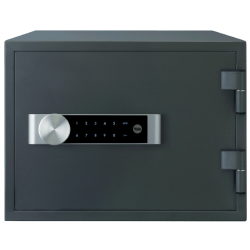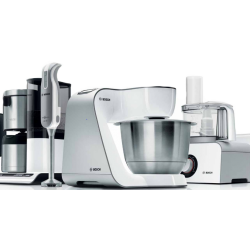When we open our refrigerator, we expect to see fresh food and cold beverages. However, sometimes we find the interior covered in frost or even water leaking from the bottom. We may wonder: Why does the refrigerator frost, ice up, and leak? What are the true causes of these problems? And how can we effectively solve them? In this article, we will delve into these issues, providing practical defrosting methods to help you tackle refrigerator problems.
How does a refrigerator work?
Before we explore the reasons behind frost, icing, and water leakage in refrigerators, let's first understand how a refrigerator works. There are mainly two types of refrigerators: "direct cooling" and "frost-free." Direct cooling refrigerators cool down through natural air convection, making them prone to frost formation. They are also known as "box-type" refrigerators. Frost-free refrigerators, on the other hand, use air circulation to cool the air and have automatic defrosting functions, hence their name.
Proper Use of Dehumidifiers
Using a dehumidifier is simple. It should be placed on a stable surface, with obstructions to the air inlet and outlet avoided, ensuring sufficient space for the machine to dissipate heat.
Why does frost and ice form in the refrigerator?
Frost and ice formation inside refrigerators, especially in direct cooling models, are common occurrences. When the moisture inside the refrigerator encounters the cold surface of the condenser, it forms ice crystals. Over time, these ice crystals accumulate and create a thick layer of frost. In some cases, we not only see frost but also large chunks of ice inside the refrigerator. This is often due to the refrigerator door not being tightly closed, allowing warm and humid air from the surroundings to enter and mix with the cold air, resulting in ice formation.
What reasons are there for water leakage from my refrigerator?
Sometimes, we may find water pooling at the bottom of the refrigerator. Typically, refrigerator leakage can be attributed to several factors. First, the refrigerator's drain pipe may be clogged, preventing proper drainage of the water inside. Second, if the refrigerator door seal is faulty, cold air can leak out, causing excessive condensation and resulting in water droplets that eventually accumulate. Third, improper leveling of the refrigerator can also impede proper water drainage.
5 steps for refrigerator defrosting
- Remove all food items and place them in a cooler bag to prevent spoilage.
- Turn off the power and unplug the refrigerator.
- Keep the refrigerator door open to allow the frost to melt at room temperature.
- Once the frost has partially melted, use a hot towel at around 40℃ to wipe away the melted water and remaining frost.
- After completing the defrosting process, plug in the refrigerator, pre-cool it for 2 hours, and then return the food items.
Preventing frost and ice formation in the refrigerator
To maintain your refrigerator, it's important to develop good habits in its daily use. Firstly, minimize the frequency of opening the refrigerator door and always ensure it is tightly closed after each use to prevent warm and humid air from entering. Secondly, avoid storing too many unsealed food items inside the refrigerator, as they release moisture that can increase humidity. Lastly, regularly defrost your refrigerator to prevent frost and ice buildup, while also improving its cooling efficiency and saving energy.
Dealing with refrigerator water leakage
If your refrigerator is leaking water, the first thing to check is the drain pipe. Typically located at the bottom of the refrigerator's freezer compartment, you can use a soft hose or a small brush to clear any blockages. Next, ensure the door seal of the refrigerator is in good condition. If the seal is damaged, it may need to be replaced. Lastly, check if the refrigerator is properly levelled, and if it's not, adjust the refrigerator's feet to achieve proper leveling.
While frost, ice formation, and water leakage in refrigerators are common issues, choosing a high-quality refrigerator can help minimize these problems and reduce daily inconveniences. BBE offers over 30 refrigerator and freezer brands, including Hitachi, Mitsubishi, Samsung, LG, Panasonic, and more, ensuring genuine products. At BBE, you can definitely find a reasonably priced and practical refrigerator. Visit our online store or physical locations for your purchase!

